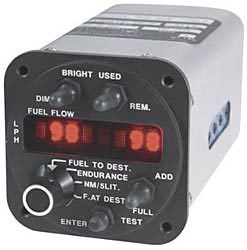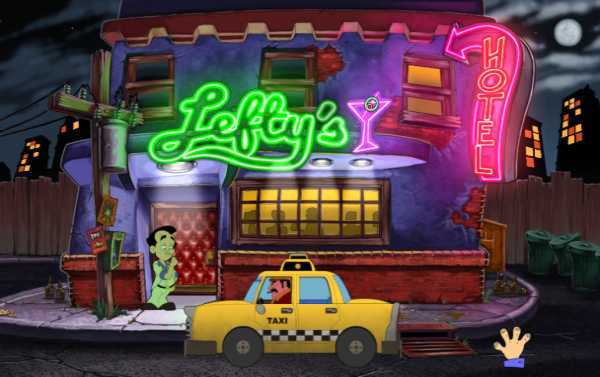I recall doing that with the Western Digital 1797 floppy disk controller.
A Z80 at 2MHz could not run the loop for testing the "ready for data" bit and then write the data into the FDC in time.
An interrupt would take even longer.
It worked OK with the Z80 DMA controller of course.
A Z80 at 4MHz did it fine, but you had to disable all interrupts for the whole sector 
The funny thing, 30 years later, is that when you open up one of these

what do you find inside?
I remember writing a CP/M BIOS for a TRS80 clone to read double density 8" floppies.
The thing hat a Z80 processor clocked at a thundering 1.8 MHz, and the CPU was unable to fetch the data from the floppy fast enough (at least in a loop); so this was considered "Impossible".
I ended up "stretching" the loop out, effectively coding a series of operations that read a bunch of bytes and was carefully timed by inserting NOPs to work. There was a variant of that for each supported sector size, and made that part of the BIOS the largest routine in the whole thing.
Of course when somebody then modded the machine with a faster CPU clock the whole thing no longer worked...
As for capacity: my hazy memory has 1,6 MB raw capacity for a DS/DD 8" floppy, leaving a net useable capacity of some 1,2 MB.
It depends on formating. FAT had 1.2MB, but under CP/M it was 98ish k, can't remember the exact number. Travelling right now, will look from home.
The token ring LAN was a standalone board, with its own Z180 processor. Comms were via dual ported memory so the main CPU just left the packet in there and it got picked up and dealt with. Yeah, the code was non trivial, with me re-inventing the wheel with stuff like packet serial numbering because if a packet is not acked by the far end you can't tell if yours got lost or the far end actually got it but the ack packet got lost 
Nowadays of course you would use an ethernet module... but nowadays this product would not be possible because 99% of the equipment compatibility issues (whose solutions are worth solving) have been solved.
C+asm is the way to do this stuff today, or C++ if you need a team of half competent people to work together 
Actually we used C for a lot of stuff which I didn't write. We had a lot of fun working out why the CPU spent 99% of its time doing a sscanf() on something like 123.45. The IAR C compiler did everything with floats, every single digit...
When windoze for workgroups appeared in 1991, I saw the end of that business. Actually it wasn't till a decade later that it was usably solved.
@mdoerr: Shugart were at the root of the SASI (Shugart Associates Standard Interface, ISTR) bus too, for their first harddisks; this later grew into the SCSI bus.
As for capacity: my hazy memory has 1,6 MB raw capacity for a DS/DD 8" floppy, leaving a net useable capacity of some 1,2 MB.
@Peter: a fine idea, and not over hard to implement, though today you would be called (not by me!) a fool for not doing it in C. But I deeply respect anybody who manages to integrate token ring networking, especially when writing assembler (and not the prettiest of assemblers at that, when timing and performance are important).
I think the reason so many developers have fond memories of those days (ending sometime in the 1980s) is because it was possible for a reasonably bright individual to design a product which was actually really useful, sold in decent numbers, for 3 or 4 figures, made decent money, and could not be ripped off in 5 minutes.
My top design, developed wholly under CPM 2.2, in Z280 assembler, was a box called a Multibuffer. It enabled a printer or a plotter (say a Calcomp plotter costing 10k-15k) to be shared between up to 13 PCs running say Autocad. It sold for up to 2.5k so went like hot cakes. Multiple units could be networked, using a totally custom 1mbit/sec token ring LAN which used SDLC (Z180+85C30). The plotter was virtualised (because Autocad did some stupid interrogation of it before sending the data) for every port. The company (called Ringdale) never made a lot of money because we had up to 35 employees so money was leaking out of every orifice, plus a French office where money was absolutely pouring out, but today, using contract manufacturing etc, one would have made say 10M after tax out of that one box alone. Who needs to win the national lottery?
The ironic thing is that google turns up absolutely nothing. It just shows how the internet has made everything so short term and transient. And how useless it can be for research.
Shugart, the famous shugart bus to connect a floppy drive. I might have an 8 inch floppy drive somewhere. I remember DSDD (double sided double density) disks with just short of a megabyte formatted under cp/m
Yea it is.
There is even a totally new version out which was made in cooperation with Al!

I talked to Al for a while a few years back, he is a great guy. When I told him that one of my co-workers only ever played the questions which were there to determine if one was 18, he immediately sent me the whole collection :)
I think I even got the whole collection of the games somewhere around, only ever played the first one.
Those early adventure games were great fun, especcially those where you had to enter text to make things happen. I vividly remember a friend and myself laughing ourselfs silly over "Concquest of Camelot" (also by Sierra). We had gotten stuck someplace and my friend wrote "kiss my ***" into the command line to which the game replied : "Your Donkey is not here". Priceless fun.
I note the intelligent things other people have done at the time these were the norm. My immediate recollection of these discs were to load up 'Leisure Suit Larry' on my Dad's company PC. Not sure is LSL is still around but I reckon these days some monitoring software would require my Dad to explain his choice of games found on company property.
The notable thing is that Intel reportedly sold tens of thousands of the MDS systems for about £20k each!
The cost of entering the microprocessor development food chain was very high back then, when you adjust that 20k for 35 years of inflation. A decent Tektronix scope was £5000.
I never did any of that - I built my own "MDS", but we didn't have an emulator until the mid 1980s. It was quite handy (a real time ICE) for profiling, to see where the CPU was spending 99% of its time...
Also we started on the Z80; never did the 8080. And now, 2013, I still make a Z80 based box. It uses the Z180.